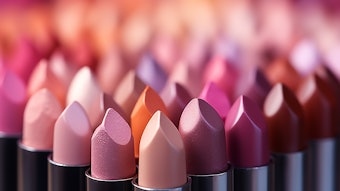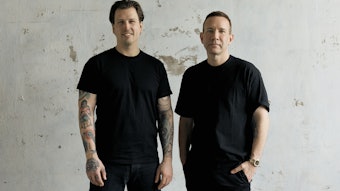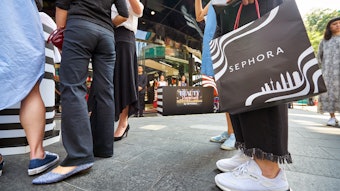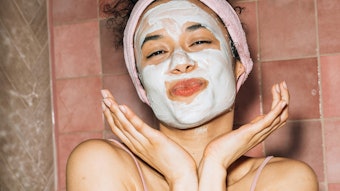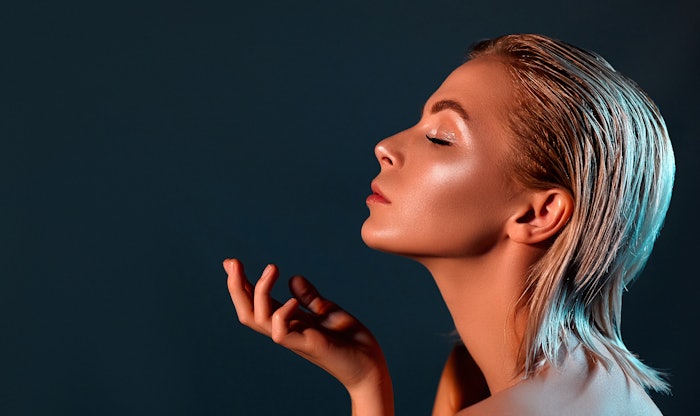
The beauty industry continues to display resilience and adaptability, cementing its position as a key driver across consumer goods and prestige markets. With sales growth in its fourth consecutive year, the beauty sector is set for significant advancements in 2025. Generational influences shape this evolution, fast-growing categories and shifting consumer priorities.
Generational Influence on Beauty Trends
Understanding generational behavior is critical to navigating the beauty market in 2025. From Gen Alpha to boomers, each demographic brings distinct preferences and demands.
However, a unifying factor across all generations is the growing emphasis on wellness—75% of consumers prioritize feeling good over simply looking good, according to Circana.a For brands, this shift requires reimagining traditional marketing narratives to connect with beauty consumers on an emotional and holistic level.
The Rise of Fragrance and the Skinification of Beauty
Consumer spending patterns reveal dynamic shifts across categories, with fragrance emerging as the fastest-growing category in 2024, according to Circana.b Fragrance sales grew 12% year-over-year, making it the second-largest prestige beauty category. This growth spans both luxury segments such as perfumes (up 43%) and mass-market options like body sprays (up 94%).
Meanwhile, color cosmetics continue to reflect hybrid trends like the "skinification" of beauty. Products combining cosmetic and skin care benefits maintain strong appeal among consumers, as seen in the rising popularity of lip oils and balms with nourishing properties.
Additionally, skin care holds steady growth, particularly in the areas of body care and masstige products that bridge mass and prestige markets. Segments such as lip treatments and facial cleansers are standout performers, underscoring consumer demand for multipurpose and targeted solutions.
Technology and Emotional Connection as Growth Drivers
The success of the beauty industry is increasingly tied to its integration with emotional well-being and technological innovation. Beauty products are not just tools for appearance enhancement; they are deeply embedded in daily routines as wellness drivers. For brands to continue to flourish, a focus on improving the consumer experience through technology (e.g. virtual try-ons, AI-driven personalization) and communicating the emotional benefits of beauty will be pivotal.
With 2025 poised to build on the momentum of previous years, the industry has ample opportunities to innovate and connect with an increasingly diverse and discerning consumer base.
Footnotes:
a https://www.circana.com/intelligence/blog/2025/generational-impacts-on-the-beauty-industry-in-2025/


